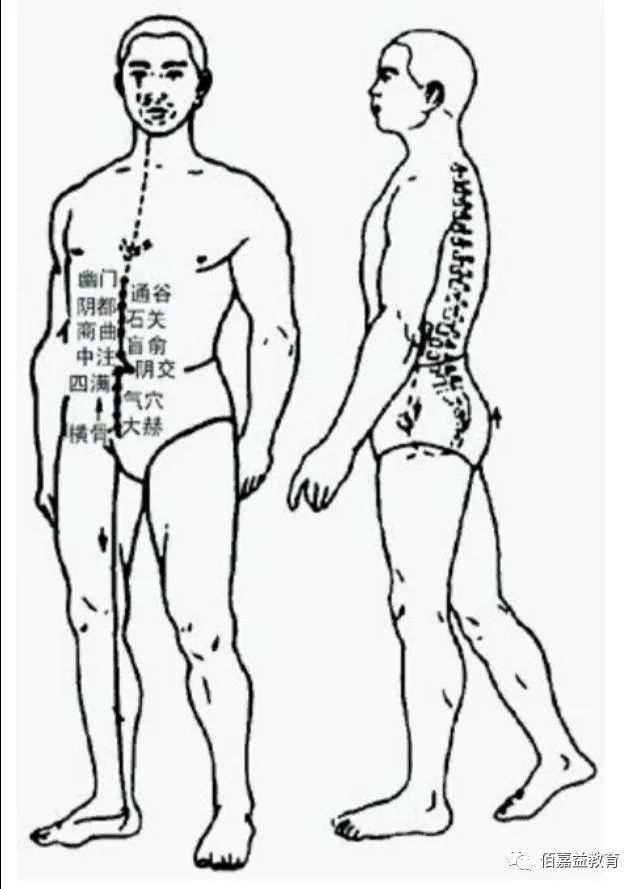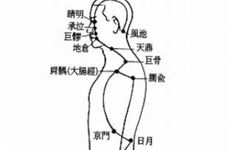The Eight Extraordinary Meridians in TCM, particularly the Ren Mai (Conception Vessel) and Du Mai (Governing Vessel), have the most widely used acupuncture points. However, this does not imply that the other six extraordinary meridians are unimportant. The primary function of the Eight Extraordinary Meridians is to enhance the connection between the twelve regular meridians, especially concerning certain complex conditions or gynecological diseases, which are closely related to the pathologies of the extraordinary meridians. Therefore, it can be understood that while the twelve regular meridians serve as an introduction to acupuncture, the Eight Extraordinary Meridians represent an advanced level of study.
1. Yang Qiao Mai (Yang Heel Meridian)
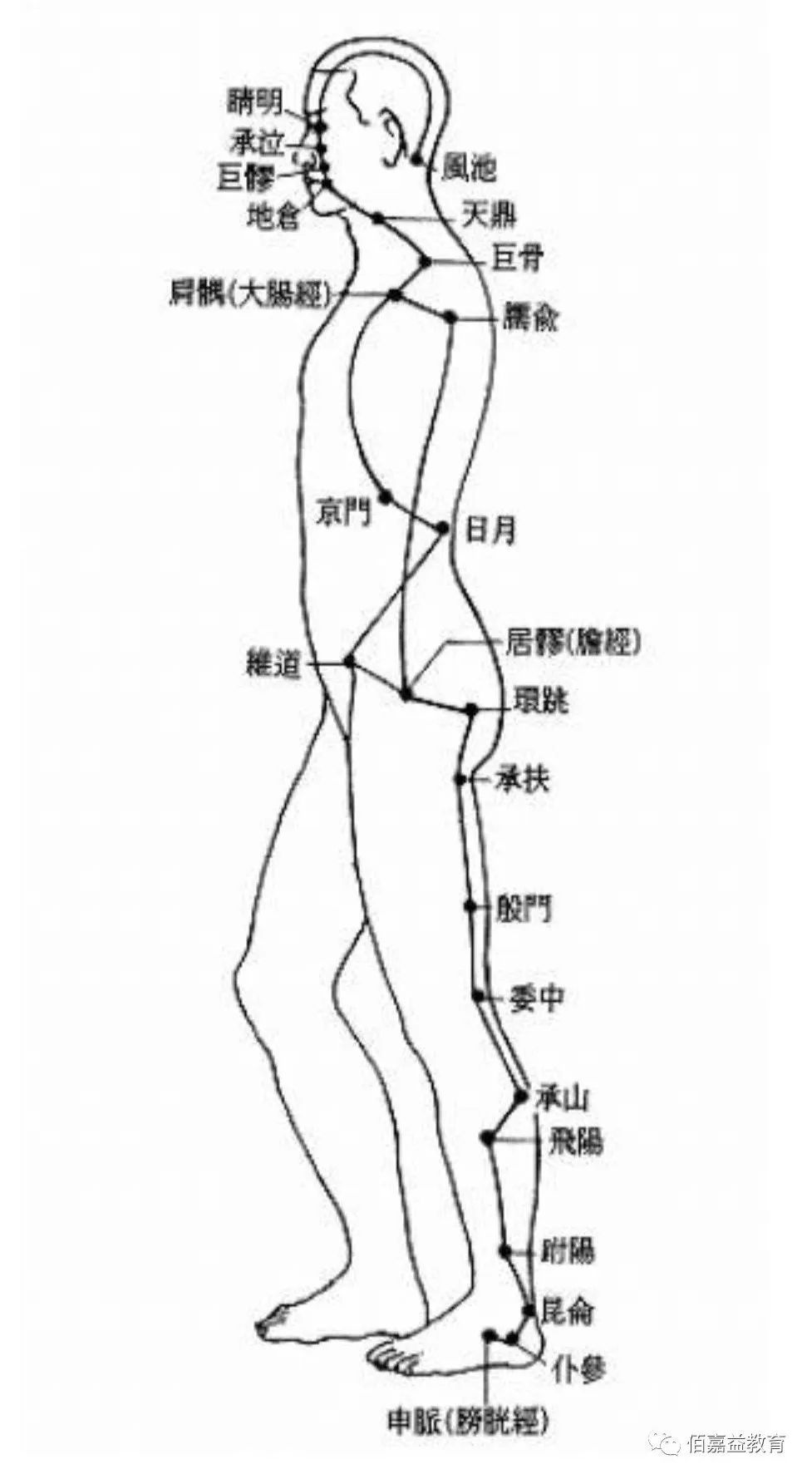
When the Yang Qi in the body is excessive, it can easily lead to stagnation and obstruction of the Yang Qiao Mai, resulting in difficulty sleeping with eyes wide open. When pathogenic factors invade the Yang Qiao Mai, it may also cause pain in the inner canthus. The pulse pattern of Yang Qiao Mai syndromes is characterized by a bouncing pulse at the left and right sides of the cun kou (radial pulse).
Symptoms of Yang Qiao Mai disorders include relaxation above the inner ankle and tightness above the outer ankle; back pain, epilepsy, sudden collapse, hemiplegia, and stiffness of the limbs.
2. Yin Qiao Mai (Yin Heel Meridian)
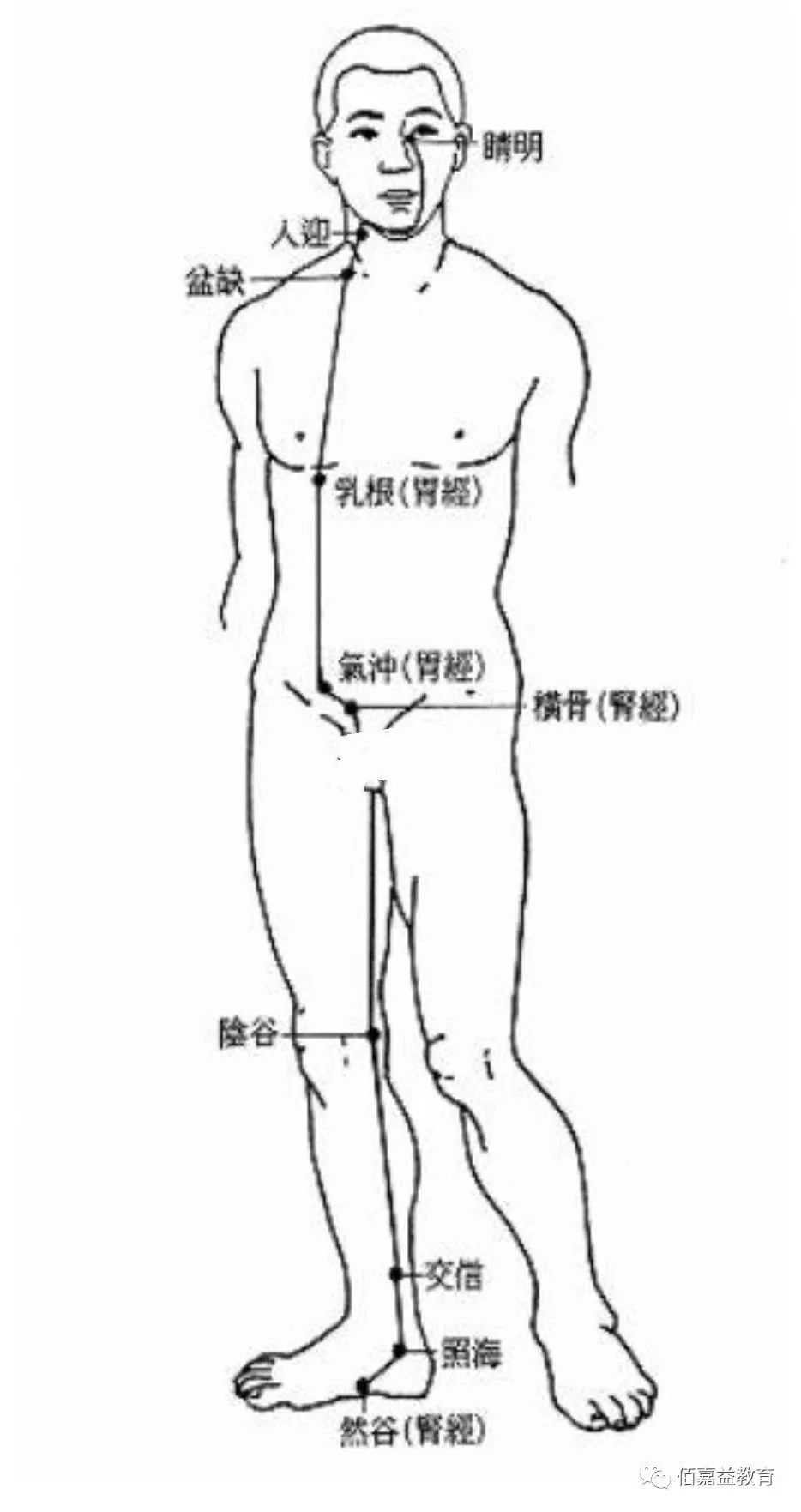
When the Yin Qi in the body is excessive, it can lead to stagnation and obstruction of the Yin Qiao Mai, resulting in drowsiness with closed eyes. The pulse pattern of Yin Qiao Mai syndromes is characterized by a bouncing pulse at the back part of the cun kou.
Symptoms of Yin Qiao Mai disorders include relaxation above the outer ankle and tightness above the inner ankle; epilepsy, cold-heat syndromes, skin obstruction, lower abdominal pain, abdominal tightness, and pain in the waist and hip radiating to the genitals. In men, it may manifest as inguinal hernia, while in women, it may present as metrorrhagia.
According to Zhang Jiegu, the term ‘Qiao’ means agility. The two meridians originate from the feet, allowing for agility. The Yang Qiao is located above the muscles, associated with the Yang meridians, connecting to the six fu organs and governing the exterior, hence named the Yang Qiao Luo; the Yin Qiao is located below the muscles, associated with the Yin meridians, connecting to the five zang organs and governing the interior, hence named the Yin Qiao Luo. In cases of Yin Qiao disorders, if Yin is excessive, it leads to Yin collapse and straightening of the shins, with obstruction in the five collaterals, resulting in exterior and interior diseases; in cases of Yang Qiao disorders, if Yang is excessive, it leads to manic behavior with unseeing eyes, indicating exterior disease with interior harmony.
3. Yang Wei Mai (Yang Linking Meridian)

The Yang Wei Mai connects all Yang meridians in the body. If the Qi is imbalanced, it can lead to loss of will, lethargy, and inability to control movements. The pulse pattern of Yang Wei Mai syndromes is characterized by a floating pulse.
Symptoms of Yang Wei Mai disorders include chills and fever, dizziness; if Yang pathogenic factors are excessive, it may present as shortness of breath with raised shoulders, and a feeling of heat throughout the body resembling chills.
4. Yin Wei Mai (Yin Linking Meridian)
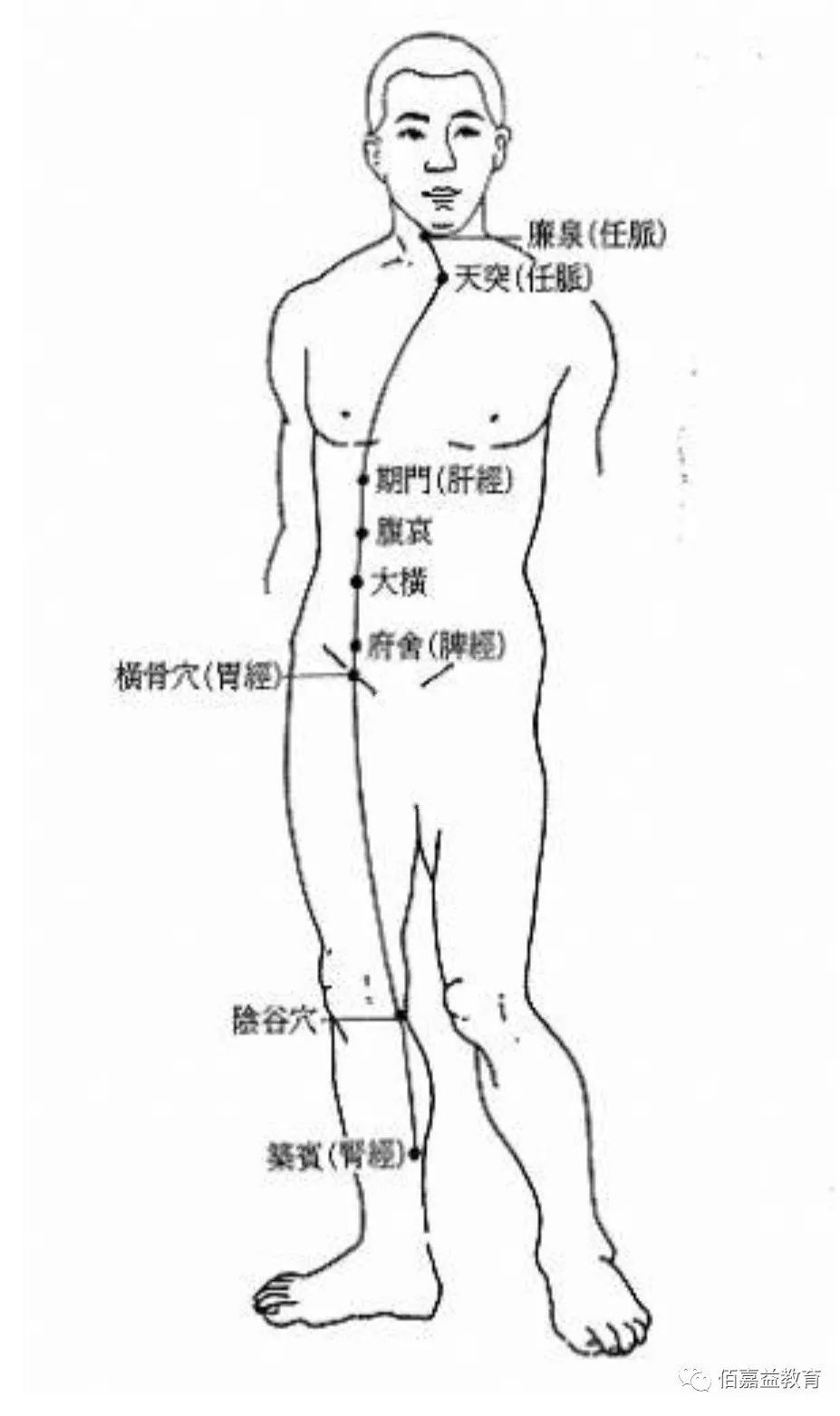
The Yin Wei Mai connects all Yin meridians in the body. If the Qi is imbalanced, it can lead to loss of will, lethargy, and inability to control movements. The pulse pattern of Yin Wei Mai syndromes is characterized by a deep and solid floating pulse.
Symptoms of Yin Wei Mai disorders include chest pain, fullness and pain in the hypochondrium.
The Su Wen states: The Yang Wei meridian causes lumbar pain, with pain that is swollen and protruding. Needling the Yang Wei meridian at the point where it meets the Tai Yang meridian, one foot above the ground. Wang Qixuan states: The Yang Wei originates from Yang, thus it is born from the Tai Yang, and travels upwards to meet the Tai Yang again. One foot above the ground is the Cheng Shan point. It is located beneath the sharp bone, in the flesh between the depressions, and can be needled seven tenths deep. The flesh meridian causes lumbar pain and should not be coughed. Coughing leads to muscle contraction. Needling the flesh meridian is for two types of Zhi (spasms), located outside the Tai Yang and behind the Shao Yang).
5. Chong Mai (Penetrating Vessel)

When cold pathogens invade the Chong Mai, it can lead to stagnation of blood vessels, Qi obstruction in the chest and abdomen, and shortness of breath. The pulse pattern of Chong Mai syndromes is characterized by a solid and direct pulse in the middle of the cun kou.
Symptoms of Chong Mai disorders include Qi counterflow, abdominal tightness. If the Chong Mai is affected, it may present as lower abdominal pain radiating to the heart, or conditions such as tumors, infertility, and incontinence, with fullness and agitation in the hypochondrium.
The Su Wen states: Why treat atrophy by only selecting the Yang Ming? Because Yang Ming is the sea of the five zang and six fu, it governs the nourishment of the tendons and muscles, which bind the bones and facilitate movement. The Chong Mai is the sea of meridians, governing the drainage of valleys, and connects with Yang Ming at the tendons, meeting at the Qi street, and Yang Ming is its master, all belonging to the Dai Mai and connecting with the Du Mai. Therefore, if Yang Ming is deficient, the tendons will be lax, and the Dai Mai will not draw, leading to atrophy of the feet. Treatment should focus on nourishing the Ying and unblocking the Lu, adjusting the deficiency and excess, harmonizing the counterflow and smoothness, with tendons, meridians, bones, and flesh each receiving their due according to the time of the month.
6. Dai Mai (Belt Vessel)
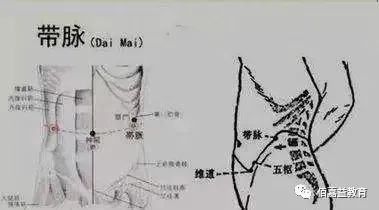
Symptoms of Dai Mai disorders include abdominal distension, coldness and weakness in the waist as if sitting in water. The pulse pattern of Dai Mai syndromes is characterized by a bouncing pulse in the middle of the cun kou.
If the Dai Mai is affected, it may present as pain around the navel, pain in the lumbar spine and inner thigh, lower abdominal pain radiating to the Mingmen, in women as menstrual obstruction, or post-menstrual bleeding that does not stop, with coldness in the genital area and infertility; in men, it may present as lower abdominal spasms and premature ejaculation.
7. Du Mai (Governing Vessel)
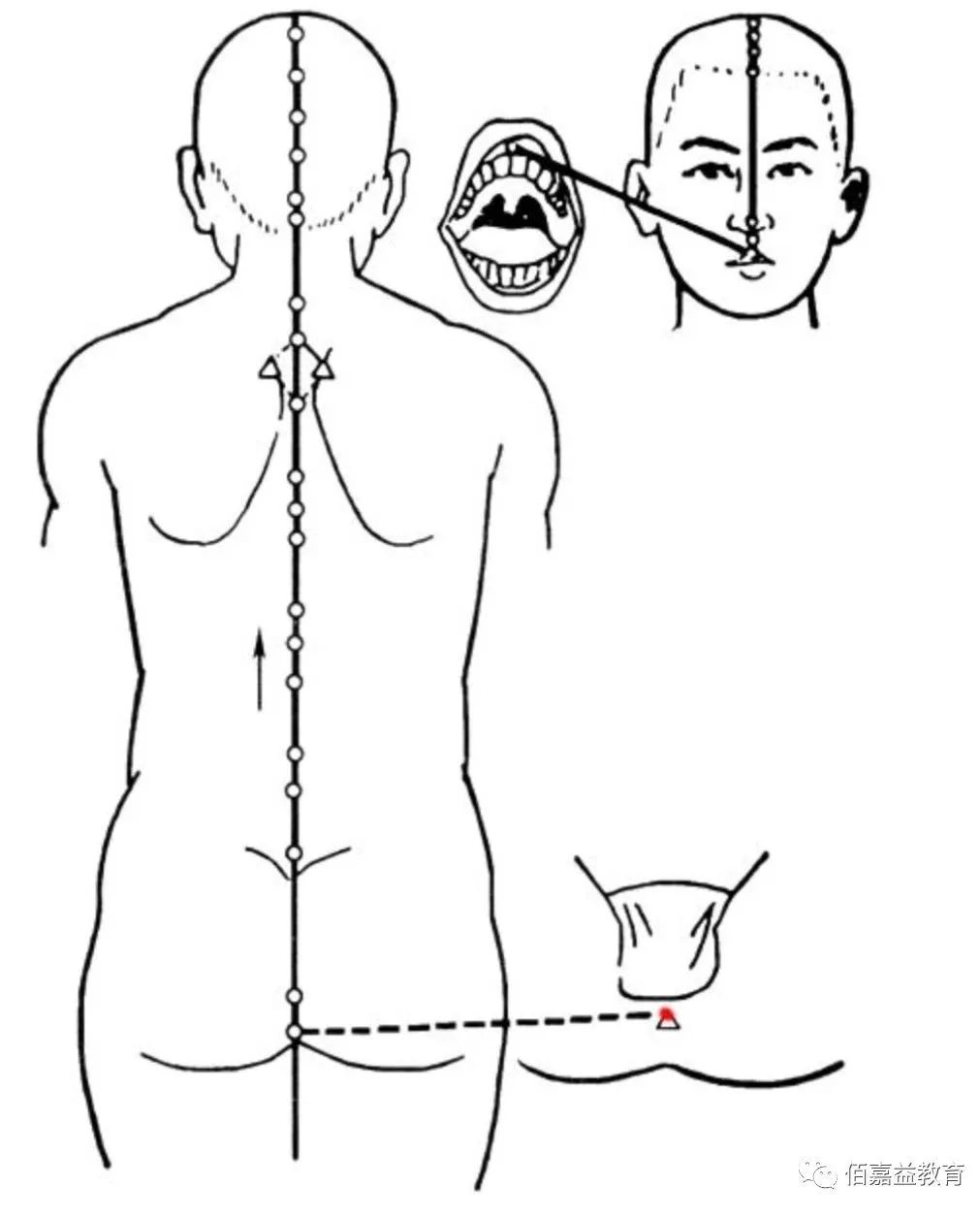
Symptoms primarily include severe pain in the spine, arching of the back, and abnormal mental states. Disorders of the Du Mai arise from the lower abdomen, ascending to the heart and causing pain that cannot be relieved by moving forward or backward, leading to conditions such as inguinal hernia, urinary retention, incontinence, and dry throat, with treatment focused on the bones (specifically at the Yaoyangguan point, located one inch above the sacrum) or, in severe cases, at the Yinjiao point (one inch below the navel). If the condition is excessive, it may lead to severe back pain and rigidity; if deficient, it may present as heaviness in the head and shaking. The pulse pattern of Du Mai syndromes is characterized by floating pulses at both the superficial and deep levels, moving straight up and down.
8. Ren Mai (Conception Vessel)
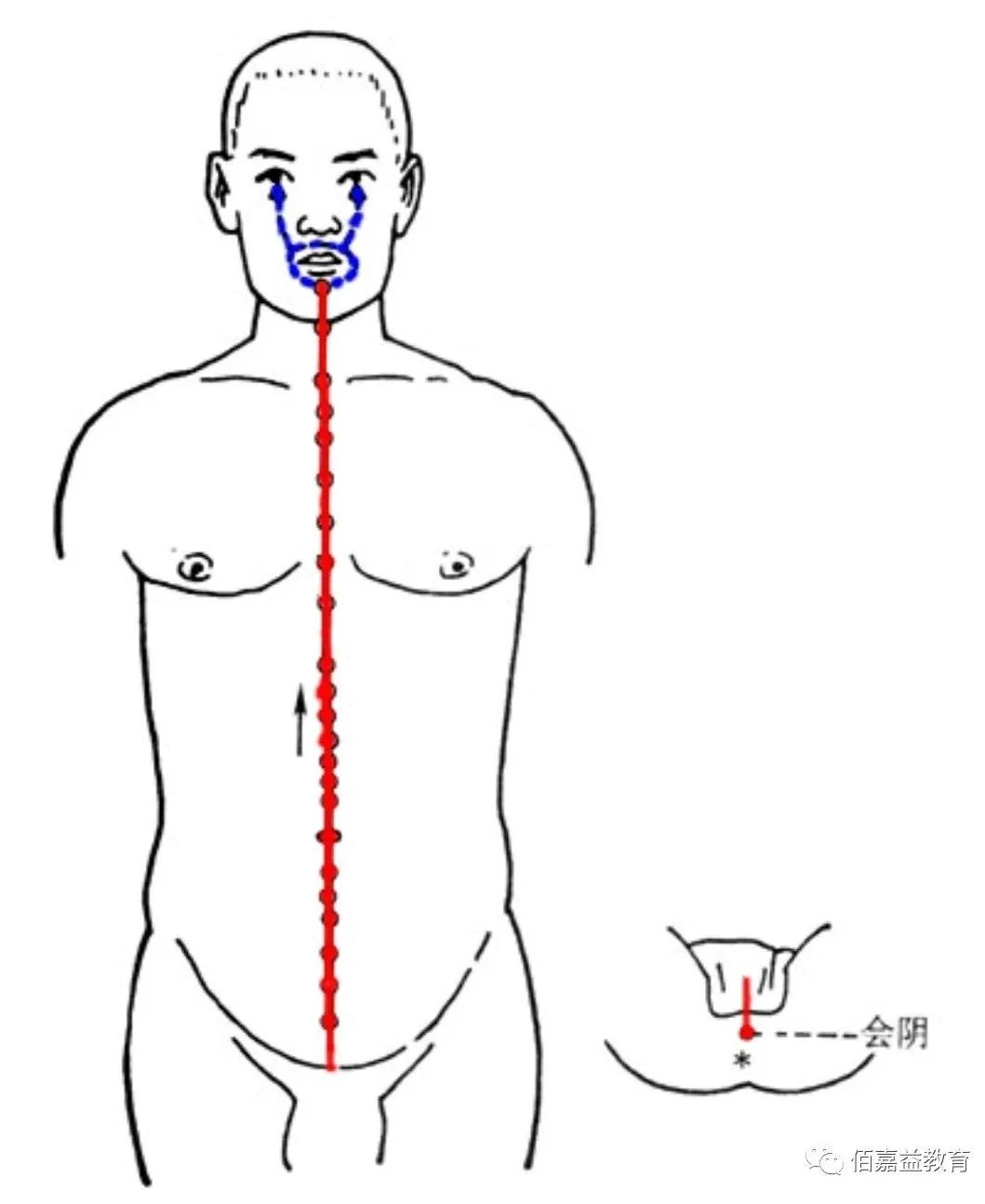
Symptoms primarily include hernias, leukorrhea, and abdominal masses. Disorders of the Ren Mai in men may present as internal accumulation of seven hernias, while in women, it may manifest as leukorrhea and masses. If there is a sound during breathing, treat the area of the Tian Tu point (located at the center of the throat). Pain may radiate from the lower abdomen around the navel, with tightness in the lower abdomen. The pulse pattern of Ren Mai syndromes is characterized by a tight, fine, and solid pulse reaching the guan area.
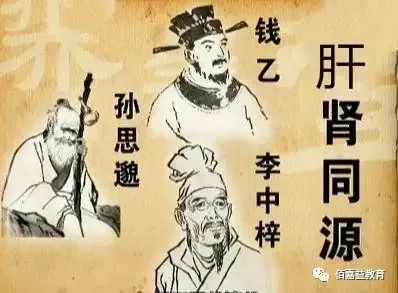 Among the Eight Extraordinary Meridians, aside from the Du Mai and Ren Mai, the Chong Mai, Dai Mai, Yin and Yang Qiao Mai, and Yin and Yang Wei Mai do not have exclusive acupuncture points, thus they must utilize the points of the twelve regular meridians. It raises the question of whether one can still stand firm in acupuncture practice when “not leaving the meridian while leaving the point”.【The images in this article are sourced from the internet; please contact us for removal if there are any copyright issues】
Among the Eight Extraordinary Meridians, aside from the Du Mai and Ren Mai, the Chong Mai, Dai Mai, Yin and Yang Qiao Mai, and Yin and Yang Wei Mai do not have exclusive acupuncture points, thus they must utilize the points of the twelve regular meridians. It raises the question of whether one can still stand firm in acupuncture practice when “not leaving the meridian while leaving the point”.【The images in this article are sourced from the internet; please contact us for removal if there are any copyright issues】
For inheritance, communication, learning, and sharing: feel free to contact us at Email: [email protected], Learning website: www.baiguojiayi.com
